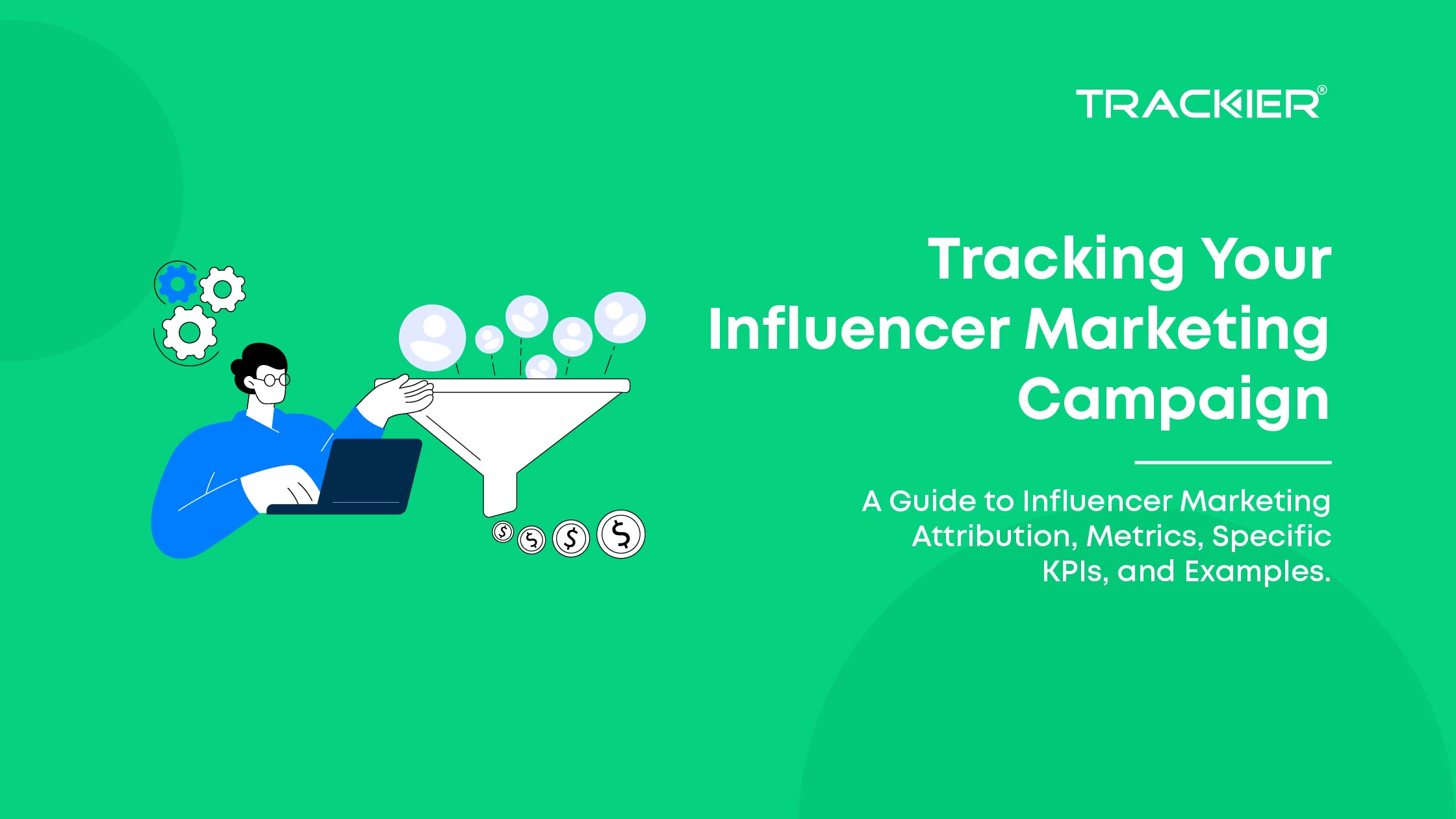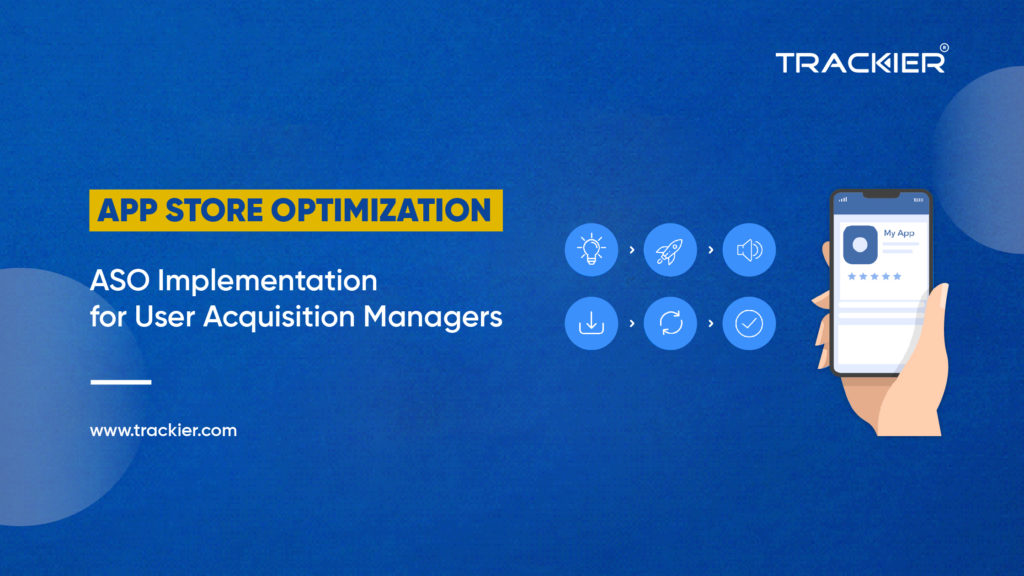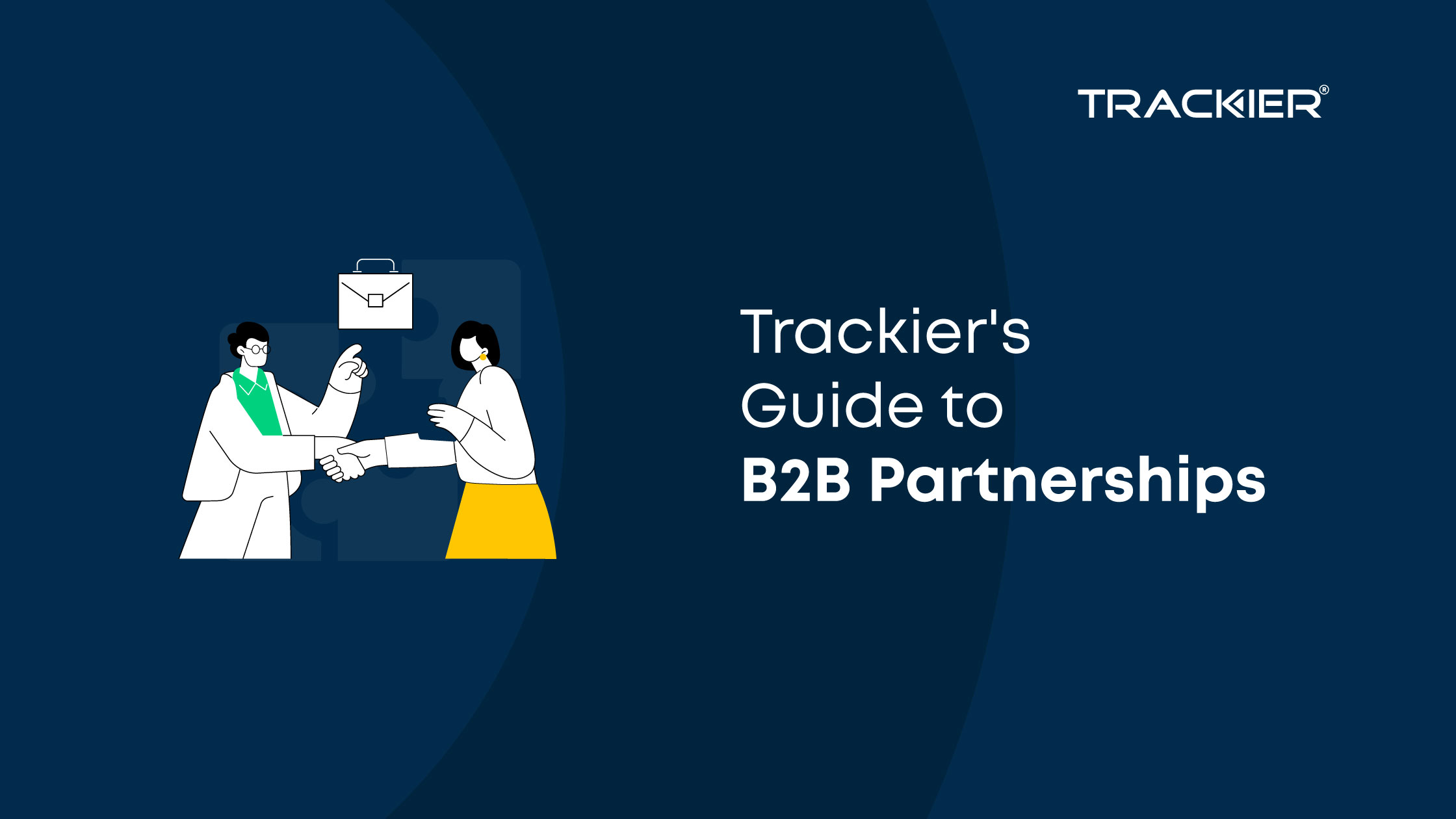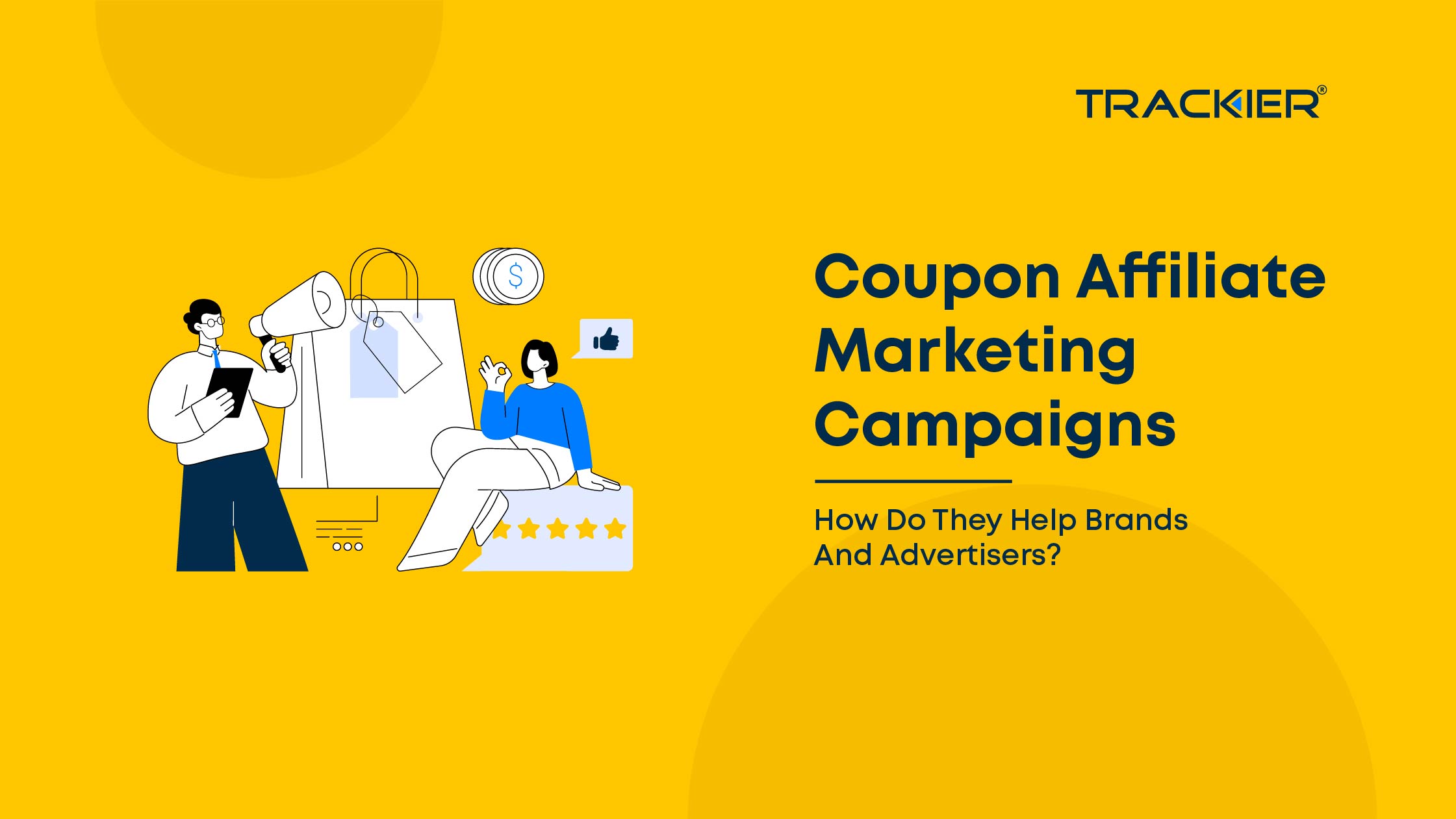For app marketers to stay competitive, app store optimization (ASO) is essential. Being two of the most competitive markets in the world, the App Store and the Google Play Store have always created a need for differentiation. Smart marketing teams have always used an App Store Optimization (ASO) strategy to gain a competitive edge.
It’s crucial to give your app visibility within the app stores considering that over 230 billion apps were downloaded worldwide last year. The secret to accomplishing this is ASO.
Learn the importance of optimizing your app store listings to improve your user acquisition (UA) efforts.
What is ASO?
ASO, or App Store Optimization, is a technique for enhancing your app’s potential for downloads and user engagement through the app store itself.
Similar to SEO, ASO works by increasing your app’s visibility so that it appears higher than its rivals in search results on websites like the App Store and Google Play Store.
Given that 70% of mobile users discover apps via app store search features, it is obvious why ASO is crucial for ensuring growth.
What are the benefits of ASO?
ASO, or App Store Optimization, is the process of optimizing mobile apps’ app store rankings to maximize visibility and make the most of incoming traffic.
The objective is to boost organic installs and install conversion rates.
ASO marketing can enhance your user acquisition efforts in a variety of ways.
- Increase the visibility of your app in app stores.
Your app store listing has a chance to rank higher in top charts and search results when it is optimized, which is where users browse to find the products they need.
- Increase the efficiency of your user acquisition.
Your cost per install (CPI) will decrease as you receive more organic installs. You can source high-quality traffic, both organic and non-organic, with an optimized install conversion rate.
- Secure organic downloads to raise the lifetime value of each of your users.
It’s more likely that your app will attract high-value users organically, increasing the user lifetime value.
How to build a strong ASO strategy for User Acquisition
While some differences exist, several app store optimization best practices apply to both Google Play and the Apple App Store. Let’s explore the ASO strategies you can begin implementing.
1. Use the appropriate keywords.
When it comes to organic discovery in an app store, keywords are important.
Identify the keywords that potential users are likely to use first. These are likely the keywords that your rivals are also using. You can use an ASO tool to research your competitors’ keyword strategies and find relevant keywords for your app. With the aid of these tools, you can measure many of the metrics we’ll talk about later.
There are restrictions on what you can put here, so be selective with your keywords. Finding undiscovered keywords can give you a big advantage. Avoid using the same keywords twice in your app name or subtitle because they will only be taken into account once.
Additionally, think about including relevant long-tail keywords. Longer and more precise keyword phrases with higher user intent tend to have lower search volume. Despite the lower volume, there is less competition and the more focused intent results in higher conversion rates.
2. Improve the title and description of your page.
The most crucial step when it comes to metadata is title optimization. This can result in a 15% increase in downloads.
The name of your app and the top keywords you chose in step one should be included in your title, which should be as memorable as possible. Keep in mind that your title will be cut off after 25 characters when it appears in App Store results.
Write a concise and compelling paragraph and/or list that focuses on your app’s unique features for the description.
Consider what problem your app solves, which features users enjoy, and what makes your app unique, and then try to convey all of this in an easy-to-read manner.
For people who are scanning quickly, use bullet points or break up the text.
Feel free to add social proof, such as awards or quotes from respected sources or contented customers (but place these closer to the end).
3. Incorporate eye-catching screenshots and in-app examples.
Due to the visual nature of mobile screens, you’ll need to use some eye-catching graphics to draw in potential customers.
Your images will be your main tool for attracting attention and gaining installs because less than 2% of users tap the “Read More” button to read your entire description.
Visuals that are stunning and compelling will put you far ahead of the competition and can boost download rates by 17–24%.
Use unique color schemes and emphasize distinguishing visual elements. Most users want to see high-quality screenshots that show them how to use your app and the issues it resolves.
It’s time to show off all the effort your team put into the design, UI, and UX, as well as the killer features!
4. Use a video
When a video is an option, why use a static card?
A video on an app’s page can boost downloads by up to 35%, in case we forgot to mention that. You’ll need a video if you want to stand a good chance of competing because the vast majority of app pages on both app stores currently feature video.
Make and include a brief, snappy, eye-catching video that provides the best representation of your in-app experience. Avoid highlighting specific events or any other out-of-date content if you want your video to be evergreen (continually relevant).
All verticals need compelling creatives, but the fiercely contested gaming industry especially needs them. It’s important to emphasize actual gameplay in games rather than elaborate cutscenes or animations.
5. Optimize and test your creative resources.
You’ve already produced all of the content required for your app product pages, including a catchy title, a keyword-focused description, images, and even a video.
To increase your conversion rate, test and refine each of these strategies right away. The Play Store and iOS 15 have given app marketers some ability to A/B test their marketing materials.
The Play Store offers the broadest range of features, also referred to as store listing experiments in the Play Console. With these, you can test anything, including images, descriptions that are specific to a particular region, icons, and more.
Test your creative assets using a 90/10 split, which involves sending 90% of visitors to your control page and 10% to the new variant you are testing. It is typically viewed as a best practice.
You can better optimize your listings to increase conversions by making data-driven decisions and continue making changes to your creatives. It’s also important to keep in mind that success on the Play Store might not translate exactly to success on the App Store.
Therefore, even though testing in the Play Console can inform your App Store creative, don’t forget to test specifically for the App Store as well (more on the new features for App Store A/B testing below).
For additional reference, read our E-book on ASO and User Acquisition on Trackier.
Check out our industry-leading attribution solution for Mobile Marketing and get a free trial today.














